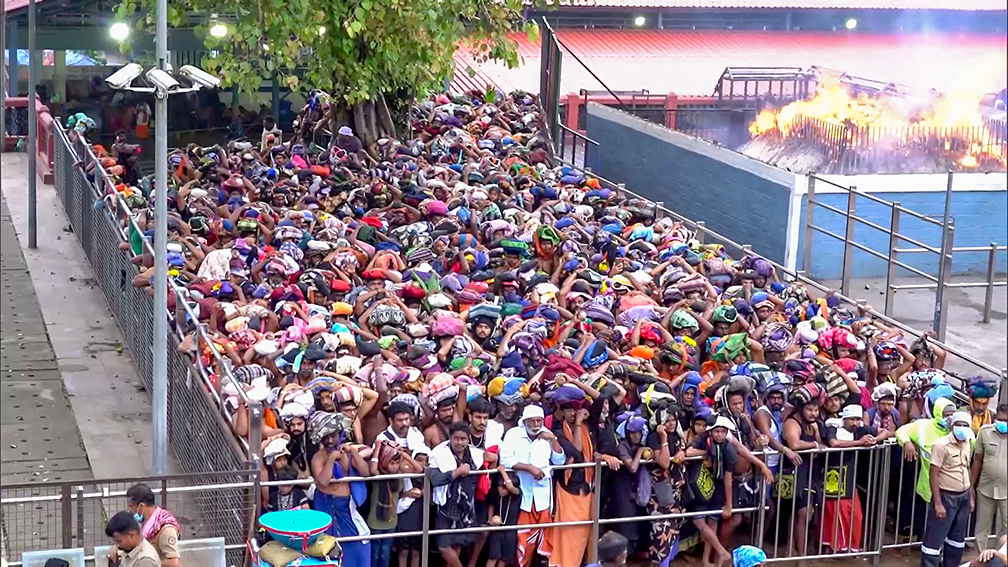On 28 September 2018, a 4:1 majority of the Supreme Court held that barring women of menstruating age from entering the Sabarimala temple was unconstitutional. The bench ruled that such a practice violated women’s fundamental rights to freedom of religion, equality, and liberty. In a concurring opinion, Justice Chandrachud observed that restricting women’s entry was not an “essential religious practice” and that Lord Ayyappa’s followers did not constitute a “religious denomination” under Article 26. However, Justice Chandrachud questioned the Court’s reliance on the Essential Religious Practices (ERP) doctrine, suggesting it is problematic for the Court to act as an arbiter of essential practices, preferring instead to test religious practices solely against fundamental rights. In her dissent, Justice Indu Malhotra argued that religious groups should have the autonomy to define their essential practices and that courts should intervene only when practices are inherently oppressive. A review petition against this decision remains pending before a nine-judge bench.
Sabarimala temple timeline

1990: A petition was filed in the Kerala High Court seeking a ban on the entry of women inside the Sabarimala temple.
1991: The Kerala High Court imposed a restriction on women aged 10 to 50.
2006: A petition was filed in the Supreme Court by the Indian Young Lawyers Association seeking entry of women aged between 10 and 50. The matter was referred to a three-judge bench two years later.
January 2016: The court questioned the ban, saying it couldn’t be done under the Constitution.
April 2016: The United Democratic Front government of Kerala, led by Chief Minister Oomen Chandy, informed the top court that it was duty-bound to protect the right to practice the religion of Sabarimala devotees.
November 2016: The Kerala government told the Supreme Court that was in favour of allowing women inside the sanctum sanctorum of the temple.
2017: The Supreme Court referred the case to a Constitution bench.
September 2018: A five-judge bench of the Supreme Court struck down the entry ban. The Kerala government sought time to implement the verdict.
February 2019: The court reserved its judgment on a pleas seeking a review of its September 2018 verdict.
November 2019: The Supreme Court referred review pleas to a larger bench.

